How Colonialization Has Nearly Destroyed Hawaiian Culture
When we think about Hawaii, we think about a tropical paradise. Images of being greeted with flower leis and luaus, surfing, and hula girls are all huge draws for travelers, but what is the cost to the native people who make the islands their home?
Unfortunately, the interest of outsiders in the beauty and resources of the islands doesn’t come without some significant costs. Let’s take a look at the relatively recent history of the Hawaiian Islands, courtesy of Ranker.
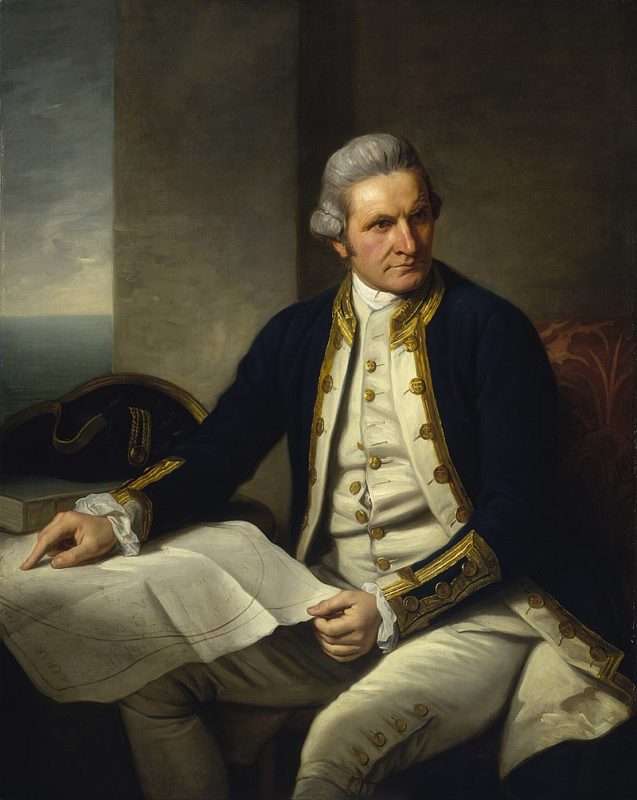
The first record of any person of European descent coming to Hawaii was in 1778, and this was Captain James Cook.
Upon discovering the islands, he promptly named them the “Sandwich Islands” – in honor of the Earl of Sandwich, who was one of his financial backers – without regard for whether or not the islands may have already had names of their own.
The natives were very interested in the cooking utensils, metal tools, and iron he carried with him as it was all pretty novel to them, and they treated the captain and his men as though they were divine.
Cook made a second trip to Hawaii and took ruthless advantage of the trust he had built on his first exploration, much to the ire of the native islanders.
When he discovered a small boat had been stolen from his ship, he ordered his men to capture and kidnap the Hawaiian king, who was quite elderly.
This further incited the natives, who eventually drove him from the islands. He was forced back to shore as the result of bad weather, and he and most of his crew were killed by irate natives.
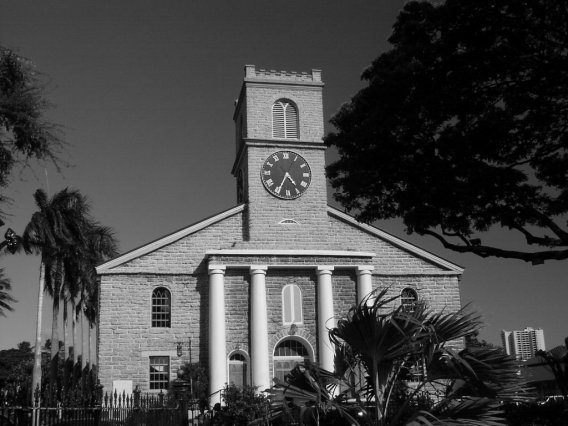
Around 40 years later, the first missionaries began to move to the islands and built churches and schools, attempting to convert the islanders and effectively creating a white elite.
The missionaries were soon joined by whalers who wanted to hunt in the Hawaiian waters.
The influx of white settlers brought some of the first profound changes to island life in the form of new foods, new diseases, and a desire to co-opt some of the native island women as sex workers.
As a result, by 1850, more than 230,000 native islanders died from venereal disease, measles, smallpox, and other illnesses.
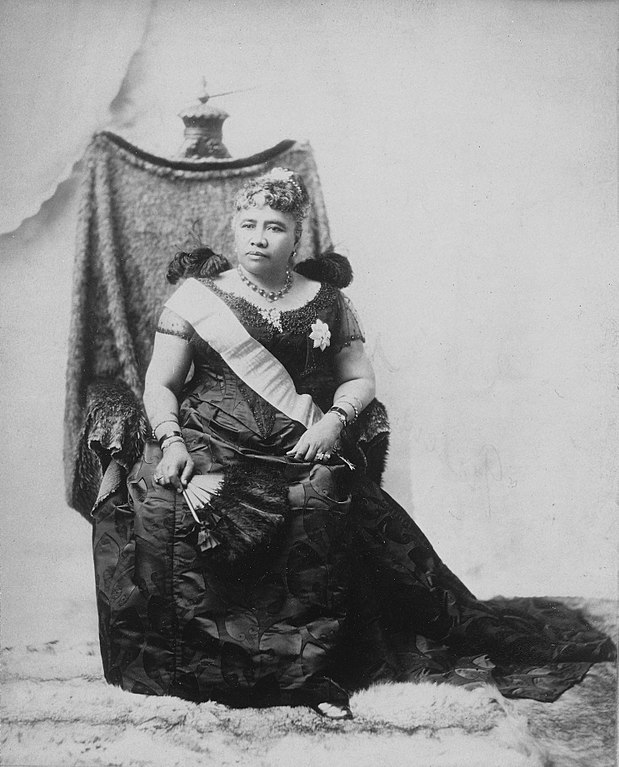
In the early 1890s, a group of businessmen from Britain, Germany, and the US staged a coup with backing from the American military with the intention of getting rid of the monarchy.
The ruler at the time, Queen Lili’uokalani, ended up abdicating the throne as a means of trying to prevent blood from being shed among her people, making it possible for America to effectively annex Hawaii.
Similar to American settlers dispossessing native people on the country’s mainland.
Much of the land that was meant to be set aside for the Hawaiian natives was still co-opted for other uses, and, of what was left, much of it was unworkable, underdeveloped, and sometimes just outright inaccessible.
By the first years of the 20th century, sugar plantations had moved into the islands, requiring the repurposing of huge quantities of Hawaiian land and the dispossession of the natives who had lived on it.
As the American presence in Hawaii continued to grow, laws were put into place requiring that the natives learn to speak and read English – further removing their identity.
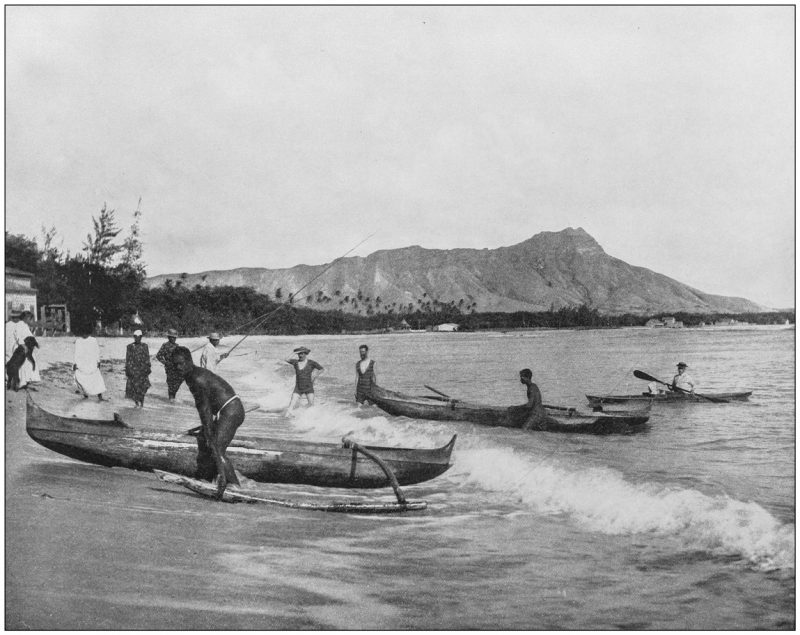
Fast forward to the bombing of Pearl Harbor in 1941. After the bombing, the US government put Hawaii under martial law.
The Islands weren’t a state yet, and the government had concerns that the islanders, many of whom were Japanese-Hawaiian, would potentially instigate further attacks.
Natives were put under a curfew and had to carry military-issued identification. Some of them were sent to internment camps.
Three years later, the US government came to the conclusion that further attacks in Hawaii weren’t likely and rescinded the order for martial law. It took two more years before the US Supreme Court ruled that the actions taken against the natives were unconstitutional.
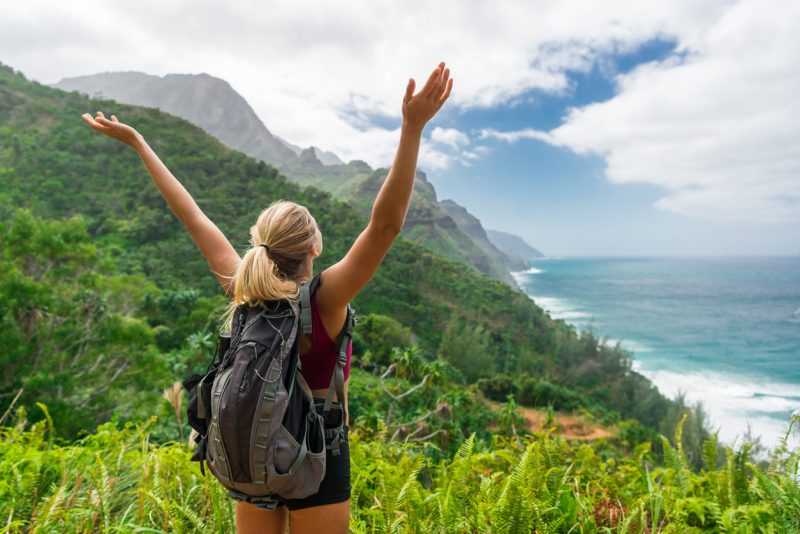
After the war ended, Hawaii began to come into its own as a tourist destination, with tourism eventually displacing sugar-growing as the largest part of the island’s income.
Along with the increase in tourism came a growth in businesses associated with the tourist trade, and swaths of the islands became more and more commercialized and urban to accommodate the hotels, airports, golf courses, and other businesses that go along with new industry.
The wealthy also started to move in, causing more development and even less land for the natives to call their own.
Today, native Hawaiians suffer from disproportionately high rates of both homelessness and obesity. Changes in the islands’ culture and makeup have meant that the traditional diet is largely a thing of the past.
Along with the dietary changes have come the diseases that so often travel with them, such as diabetes.
Furthermore, as of 2017, the US government has concluded that the Hawaiian Islands has the highest per capita rate of homelessness in the country.
This trend is a direct result of too little land being reserved for the people who lived there first and of the exorbitant rents that are the natural result of land being at such a premium there.
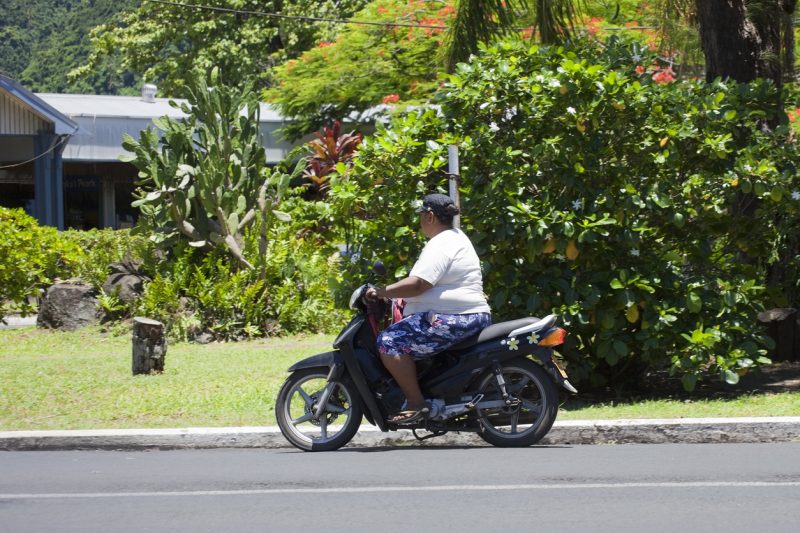
Despite the existence of the Hawaiian Homes Commission, whose purpose is to preserve land set aside for the natives and find housing for natives in the preserved areas, there’s still inadequate housing resources available.
Many native Hawaiians spend years on waiting lists, and even when housing does come available, it’s often too small for the size of the family, too isolated from public transit options, or too far from where the natives are employed to be truly useful.
Finally, because of the thriving tourist trade, many of the Hawaiians’ cultural traditions have been turned into tourist attractions.
The best example of the phenomenon is the hula. Hula dancing has deep historical roots on the islands.
It predates written language and served as the earliest form of historical recording, with each movement telling part of a story of the islanders’ life and history.
Today, the traditional dance has become almost a stereotype of the culture it derives from; it is used as a draw for tourists either to watch or to learn, with most of its original use and meaning lost.
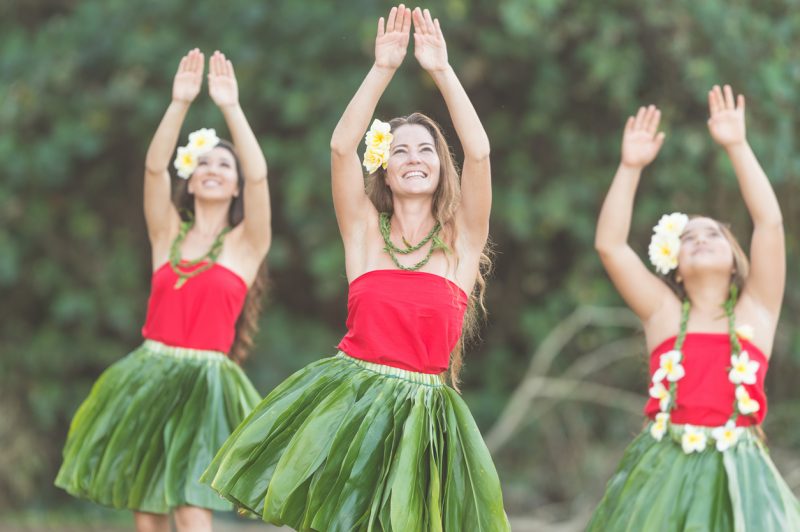
The primary reason that all of this cultural destruction was possible is simple: the US government doesn’t categorize native Hawaiians as an indigenous people. Instead, the islanders are considered an ethnic minority.
As such, they lack even the few rights for self-governance and reclamation of lands seized by the government that have been accorded to Native Americans or Native Alaskans.
In short, not only has America appropriated the islands’ beauty and resources for its own ends, it has largely destroyed a people to do so.





